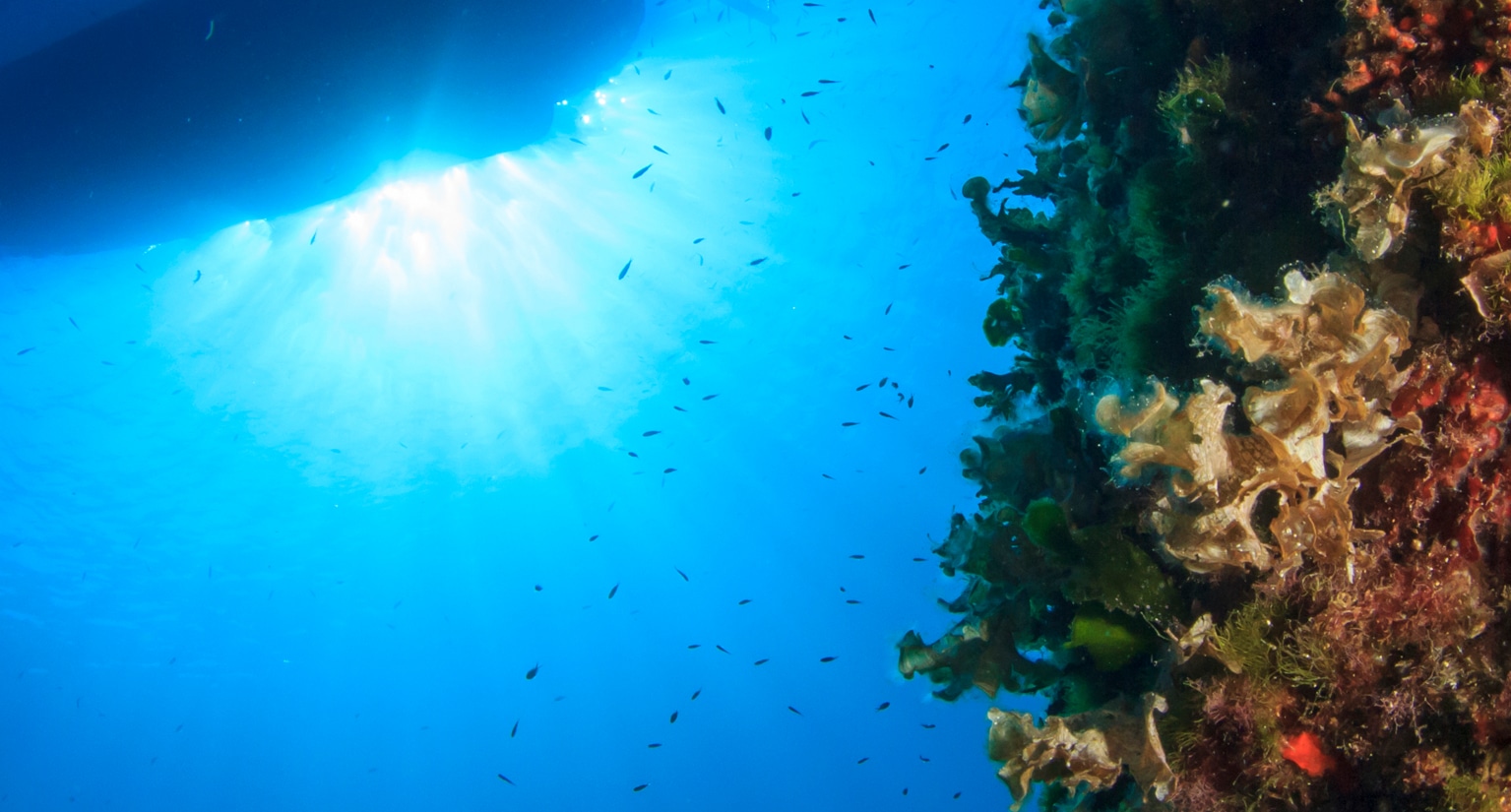Anchoring, like sailing, goes back millennia, some records say as early as 3000-1500 BCE. Subsequently, where there is an anchor, there will also be anchor dragging and a dragging anchor can wreak havoc not only on underwater pipelines and cables but they also rip up fragile marine ecosystems in their path, damage seabeds and destroy aquatic wildlife.
Looking At Two Recent Accidents
Let’s take a brief look at the oil spill accident off the coast of Orange County, California this October. Federal authorities have confirmed that an underwater pipeline carrying oil to the mainland was moved approx. 32m across the seafloor most likely by a ship’s dragging anchor. Combined with other stress factors, the ensuing rupture in the pipeline allowed for an estimated 114’000 liters of crude oil to be spewed into the ocean. Many suffer the repercussions: the local people and economies, the coastal areas and wildlife and the ocean where the pipeline resides and everything living in and around it.
In another recent case, the captain of container ship Maersk Surabaya faces criminal charges this fall if found guilty of negligence with the damage of a subsea telecommunications cable off the coast of West Australia. Although anchored 500 m outside of the protection zone, his anchor dragged due to high winds and snabbed the underlying cable causing damages, according to local media, of approx. $1 million. Luckily, the company involved was able to reroute traffic and there were no notable outages for customers. Not all are equally well prepared for the unexpected.
A Dragging Anchor Can Carry Severe Consequences
To be clear, anchors do not always drag. When crew and nature work in harmony, there are rarely any problems. But nature can be unpredictable and forces on the anchor can be higher than its hold. Combine that with wind shifts, waves, changing currents, and different seabed conditions and an anchor may indeed begin to drag having severe consequences.
Both collisions and groundings can make the headline when the accident is dramatic enough. Either the size of the bulk ships involved make it newsworthy or the damage to the ships and surrounding area will warrant reporting, or the notoriety of the yacht will draw attention. But many more accidents go undocumented, not catching the public’s attention, making the frequency of such dangers seem maybe insignificant. That is far from the truth. According to our estimations, there are approximately 35’000’000 vessels of various sorts (ie. Merchant ships, fishing vessels, superyachts, leisure boats) sailing our seas. If even only a fraction of these boats experience an incident with a dragging anchor, it is already a lot. Add to this the damage taking place below the water’s surface which bears the brunt of a dragging anchor: coral reefs, marine life habitats, seagrass beds, kelp and other marine environments. Not to mention what can happen when a submarine oil or gas pipeline gets ripped from its hold due to a stray anchor and leaks its contents into the surrounding area.
Making Safe Anchoring A Thing
There are many explanations for a dragging anchor, some of them mechanical, others physical and then again there are those of the human nature. It is for this reason we refer to anchoring as a craft. Yes, every crew requires reliable equipment, but more importantly good anchoring demands clear judgement and great expertise. Coupled with technological intelligence providing information before it is even needed, then we are on our way towards “safe anchoring”. That is where our solution comes in and that is why we will work tirelessly to make “safe anchoring” a thing.
#safeanchoring #anchorguardian #swissoceantech #anchorsafety #seagrassprotection #anchormonitoring #anchordragging #superyachts #gamechangers #oilspills



